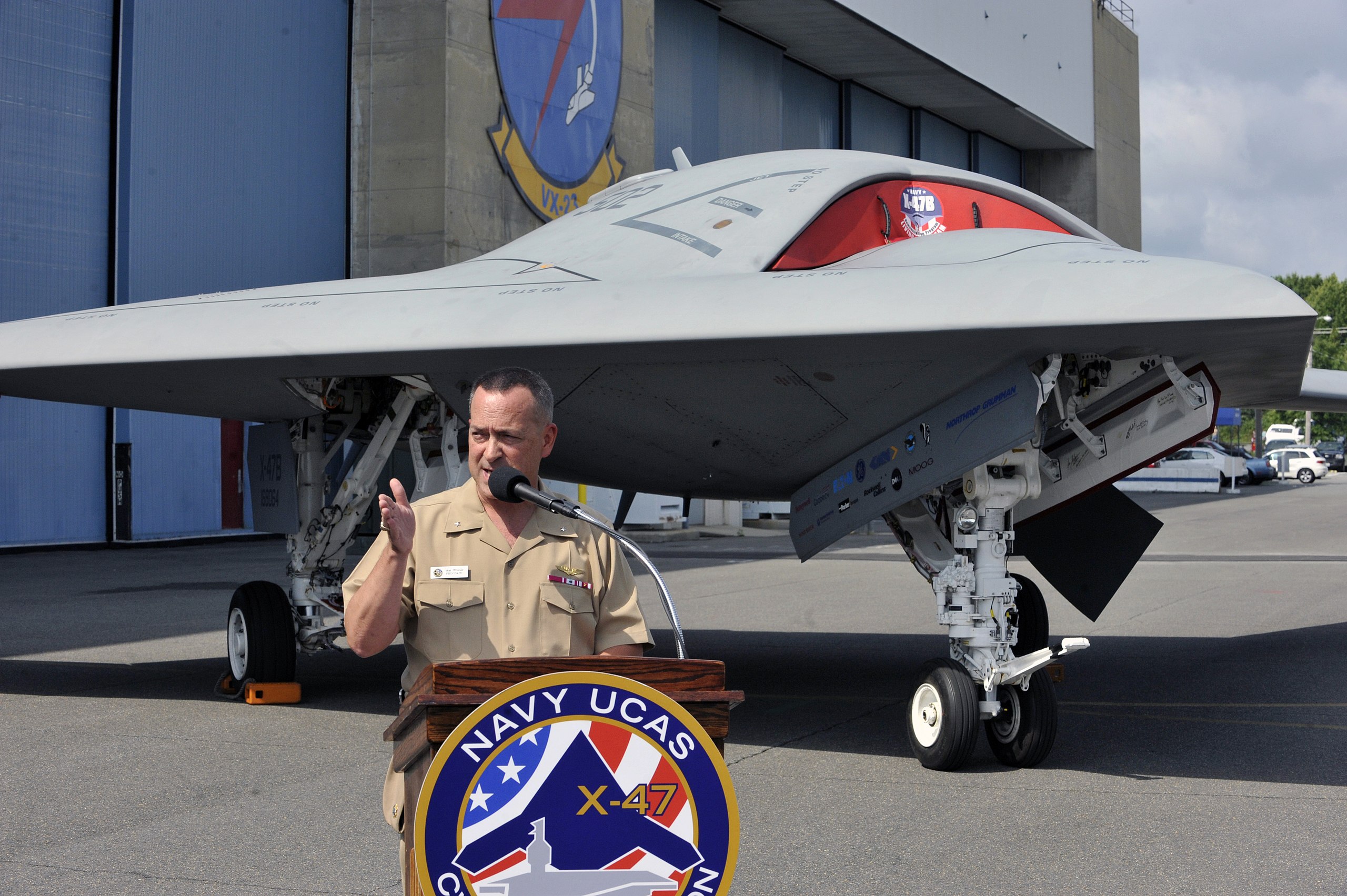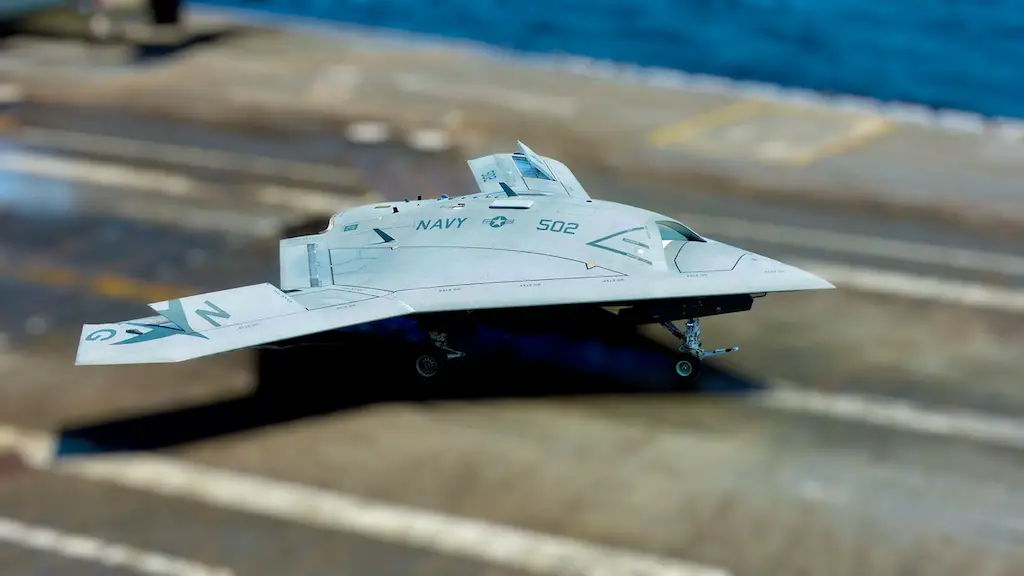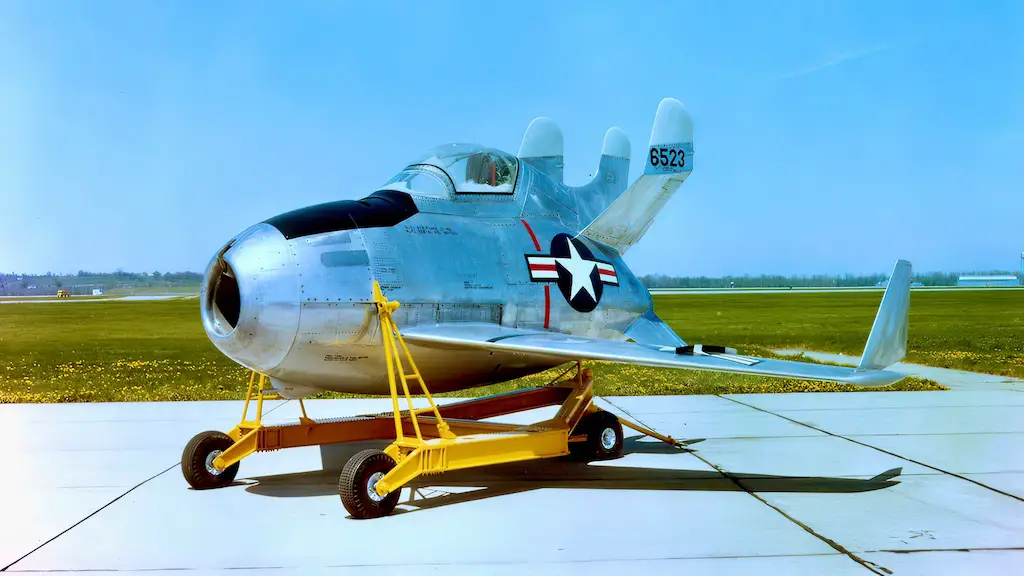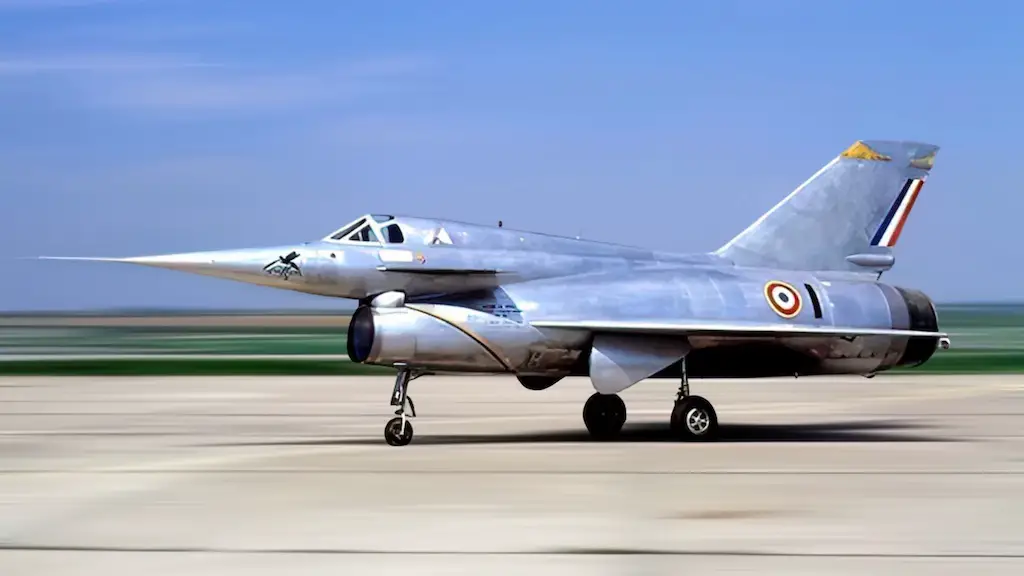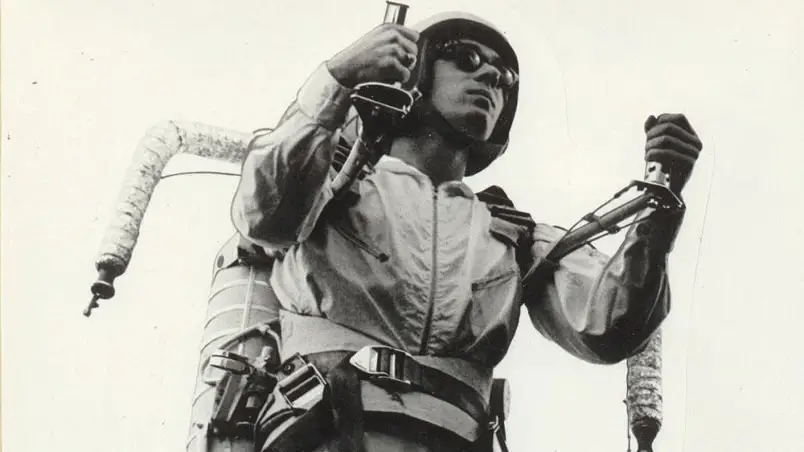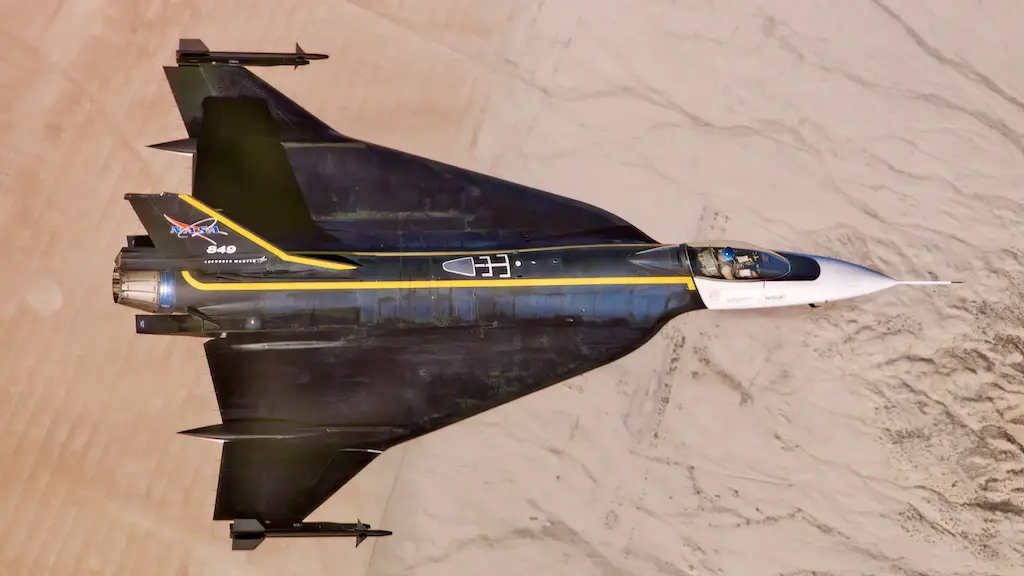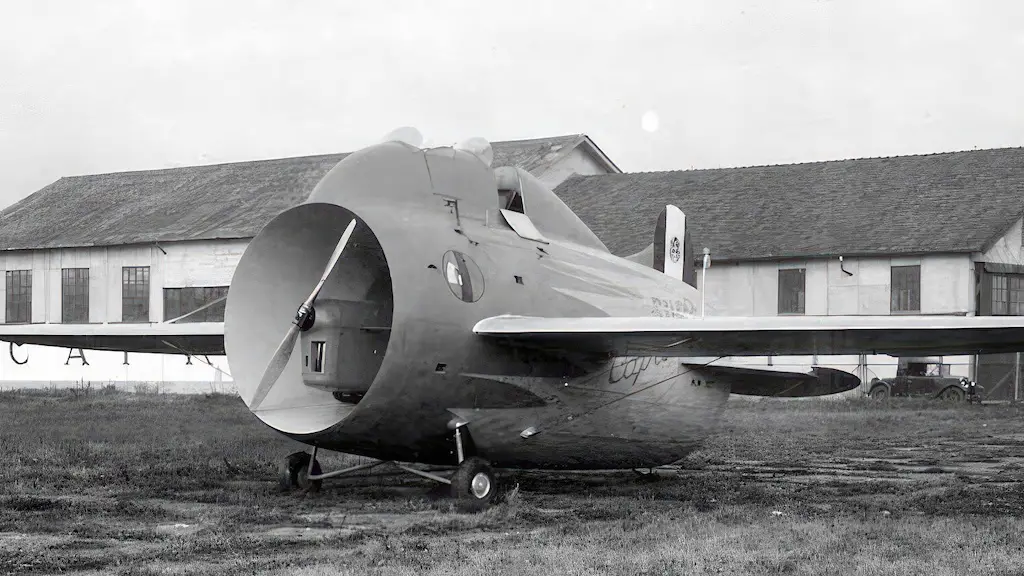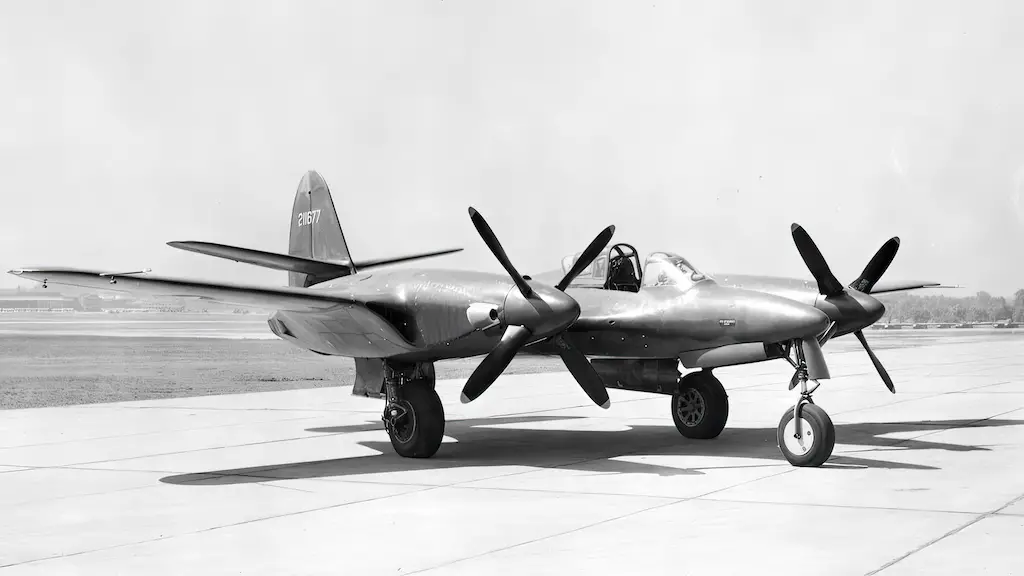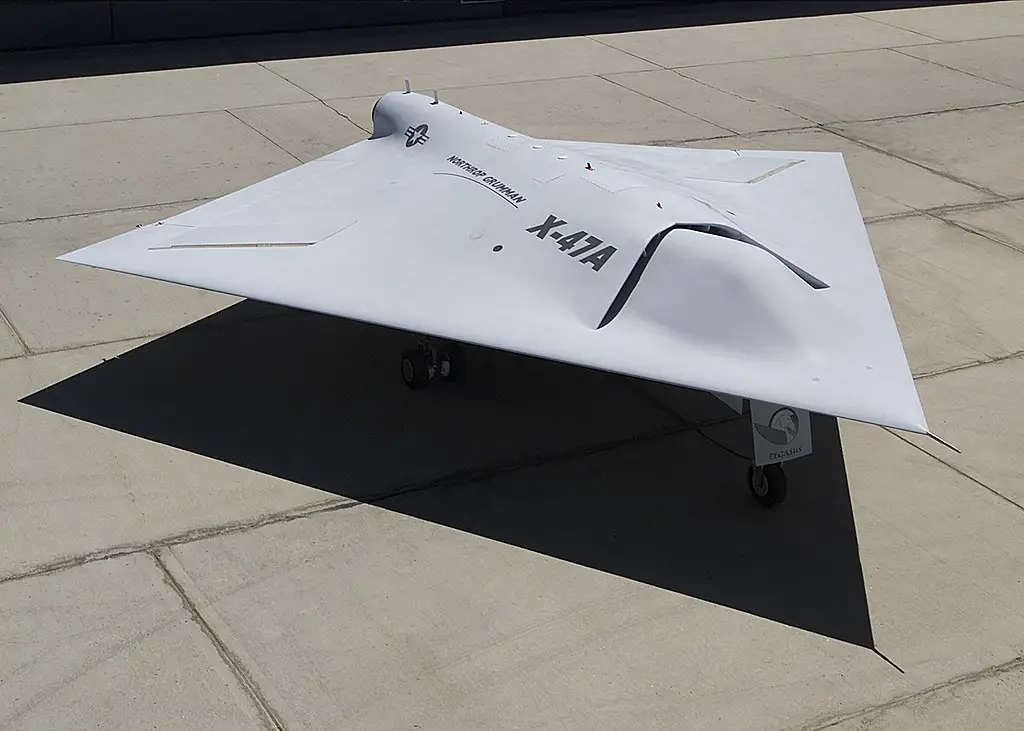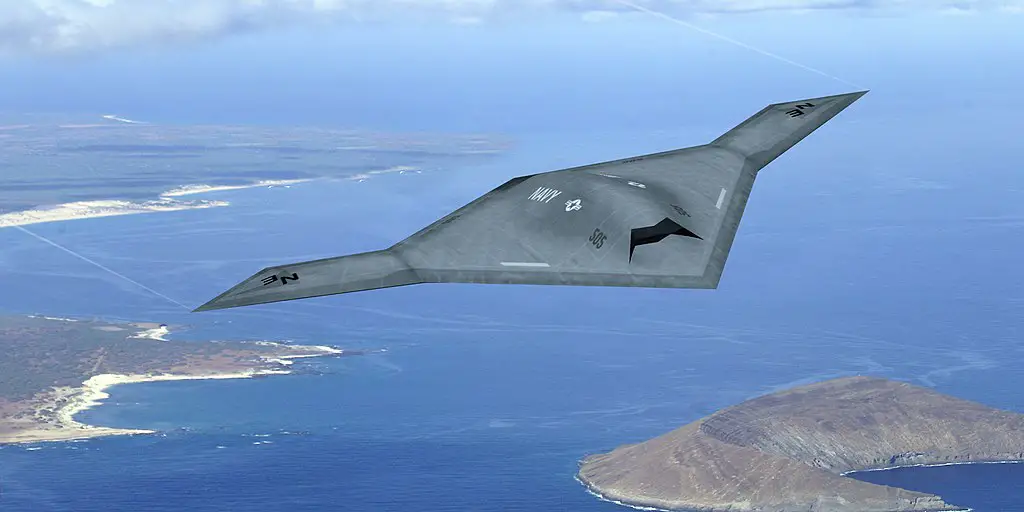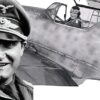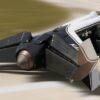Imagine a world of aerial combat where a groundbreaking innovation redefines the boundaries of unmanned warfare. Welcome to the realm of the Northrop Grumman X-47, an exceptional unmanned combat air vehicle (UCAV) that fuses state-of-the-art autonomous capabilities, stealth technology, and extended range to revolutionize military operations. The brilliant minds at the American aerospace and defense company Northrop Grumman have masterfully engineered the X-47 series, set to transform the future of aerial combat.
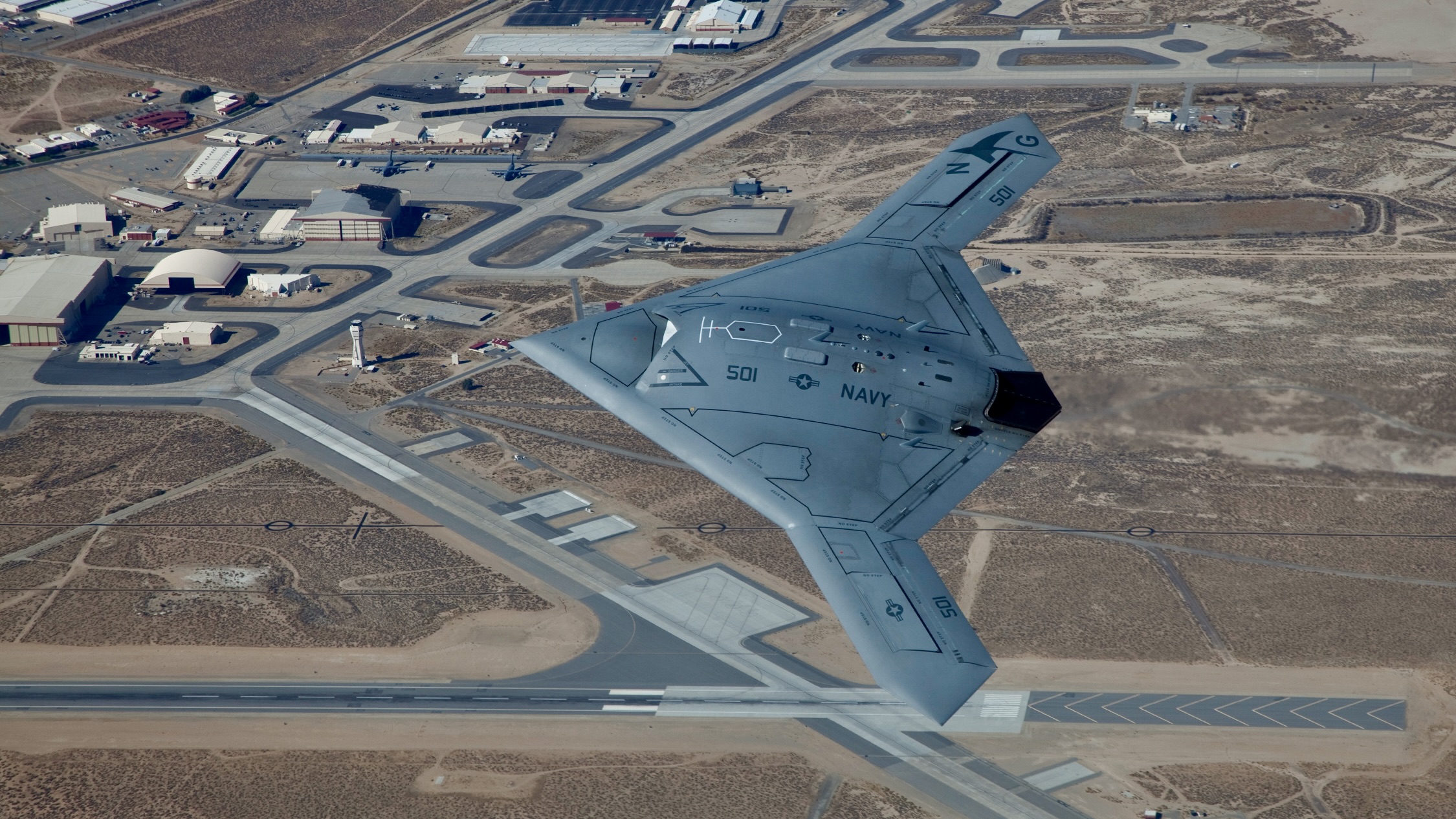
Development
The vision for the X-47 series took shape in the early 2000s, driven by the ambitious aim of creating a UCAV capable of handling reconnaissance, surveillance, and strike missions without human intervention. Northrop Grumman unveiled the X-47A prototype in 2001, raising the bar with the introduction of the larger and more advanced X-47B in 2008. In 2013, the X-47B showcased its unparalleled capabilities by successfully completing a series of autonomous take-offs, landings, and aerial refueling tests, affirming its readiness for aircraft carrier operations.
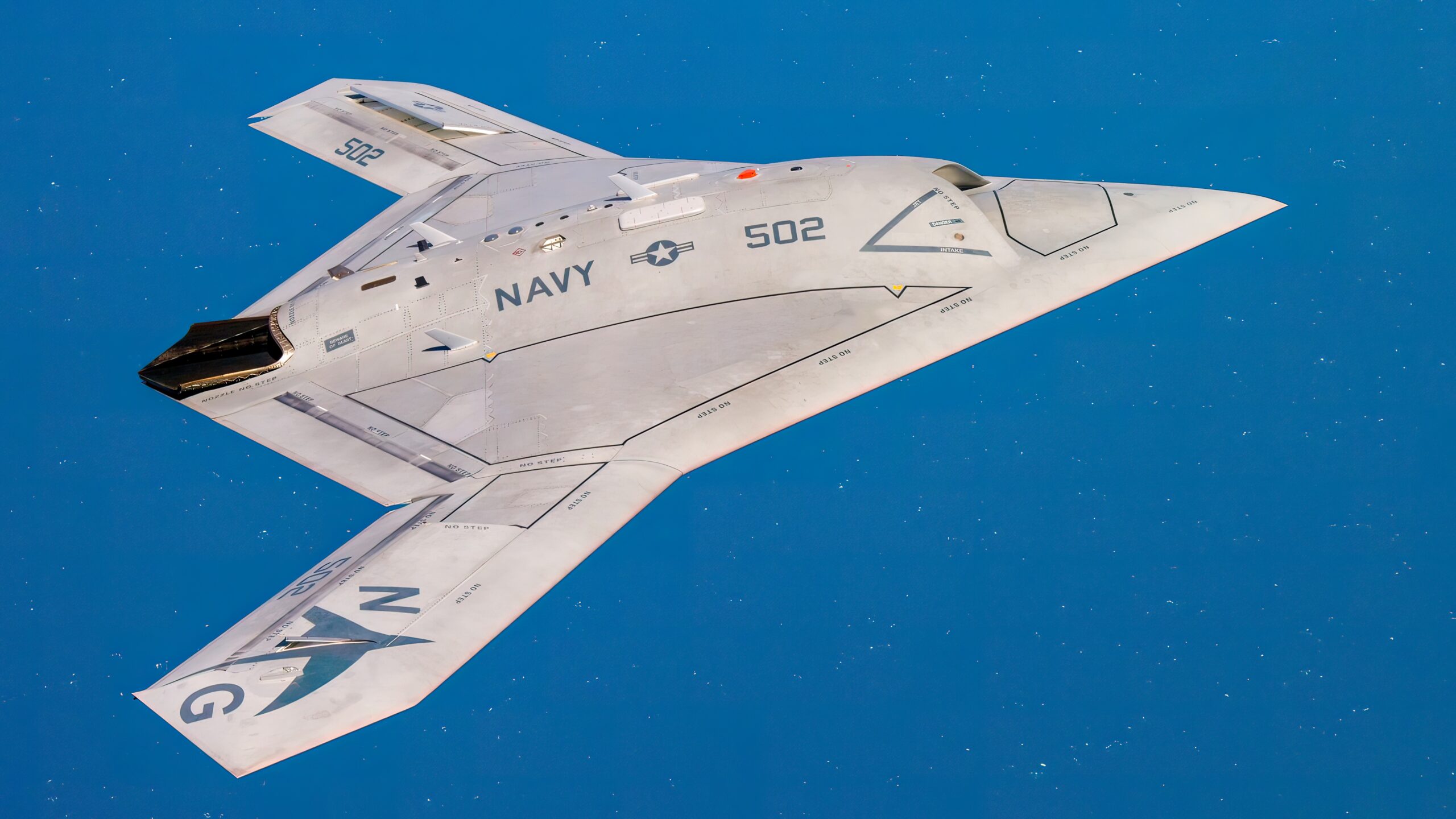
Stealth technology: The X-47 series brings unparalleled stealth capabilities to the table, making it a formidable adversary for enemy radar systems. The aircraft’s blended wing body design and sleek, low-observable shape enable it to evade radar detection with ease. Moreover, the shielded engine exhaust minimizes its infrared signature, further fortifying its stealth capabilities.
Autonomy: A marvel of engineering, the X-47 exhibits an extraordinary level of autonomy, thanks to artificial intelligence and state-of-the-art algorithms. The UCAV’s ability to autonomously take off, land, and refuel in mid-air allows it to operate in contested airspace without placing human pilots in harm’s way.
Features
Extended range: With an astounding operational range, the X-47 can fly over 2,100 nautical miles (3,889 kilometers) without refueling. This extended range grants the UCAV unmatched prowess in long-range strike missions and deep reconnaissance, providing a significant strategic advantage over adversaries.
Payload capacity: Versatility is the name of the game for the X-47 series, as it can accommodate a diverse array of weapons, such as air-to-air and air-to-ground missiles, bombs, and other payloads. The aircraft’s internal weapons bay is designed to minimize its radar signature, ensuring that stealth remains uncompromised during missions.

Potential Applications
The Northrop Grumman X-47 series presents an array of potential military uses:
Intelligence, Surveillance, and Reconnaissance (ISR): In ISR missions, the X-47 excels at gathering crucial data and delivering real-time situational awareness to commanders on the ground. Its stealth features make it an ideal choice for operating in contested airspace, as it can collect information without drawing attention.
Strike missions: The X-47’s payload capacity and extended range make it the ultimate weapon for long-range strike missions targeting high-value objectives. Its autonomy ensures that these missions can be executed with minimal risk to human pilots.
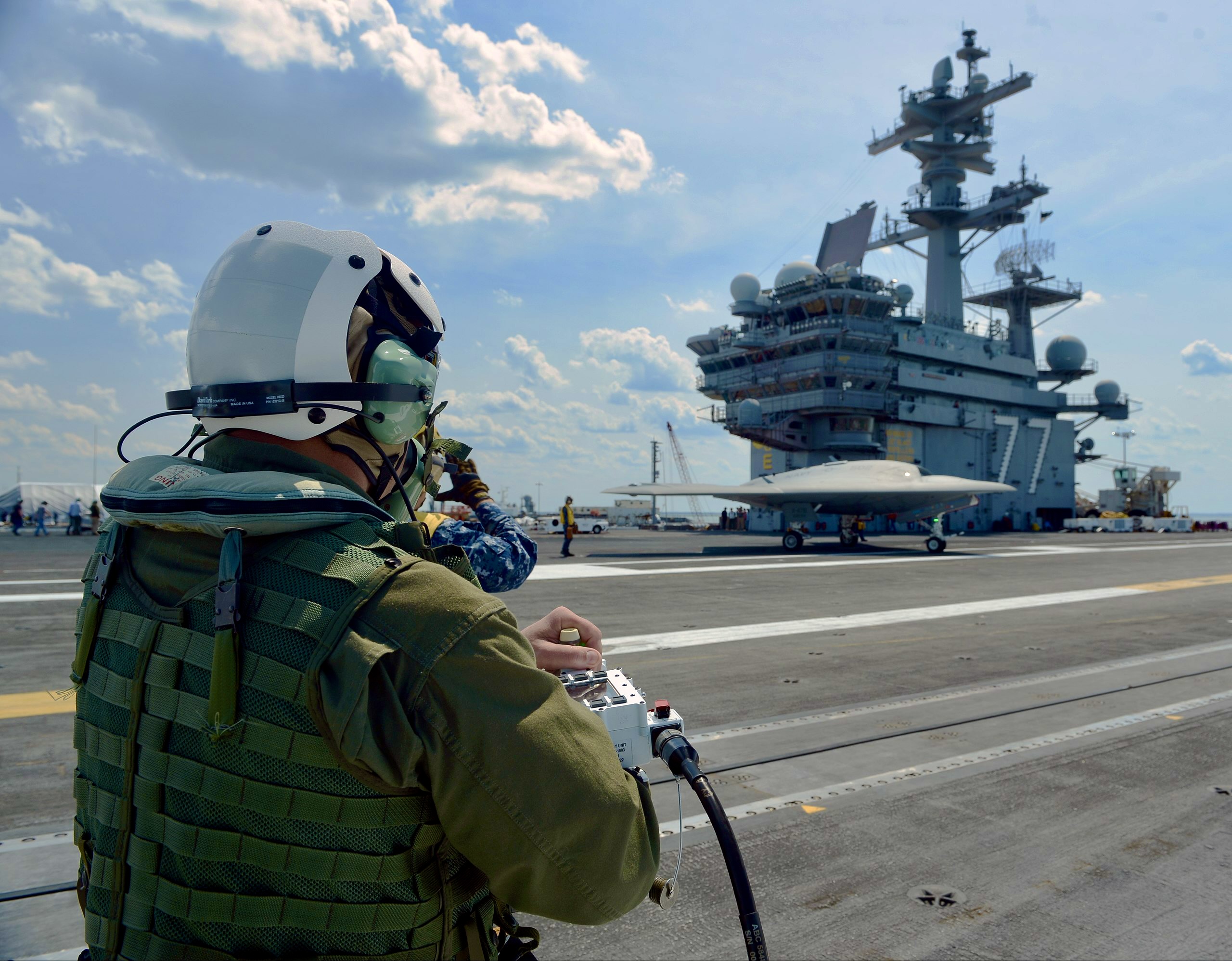
Electronic warfare: By outfitting the X-47 with electronic warfare systems, it could disrupt enemy radar and communication systems, providing a significant advantage during combat operations.
Force multiplier: The X-47 can work seamlessly alongside manned aircraft, augmenting their capabilities and enhancing the overall effectiveness of the force. Its ability to autonomously carry out various tasks enables human pilots to focus on more complex tasks and decision-making during missions.
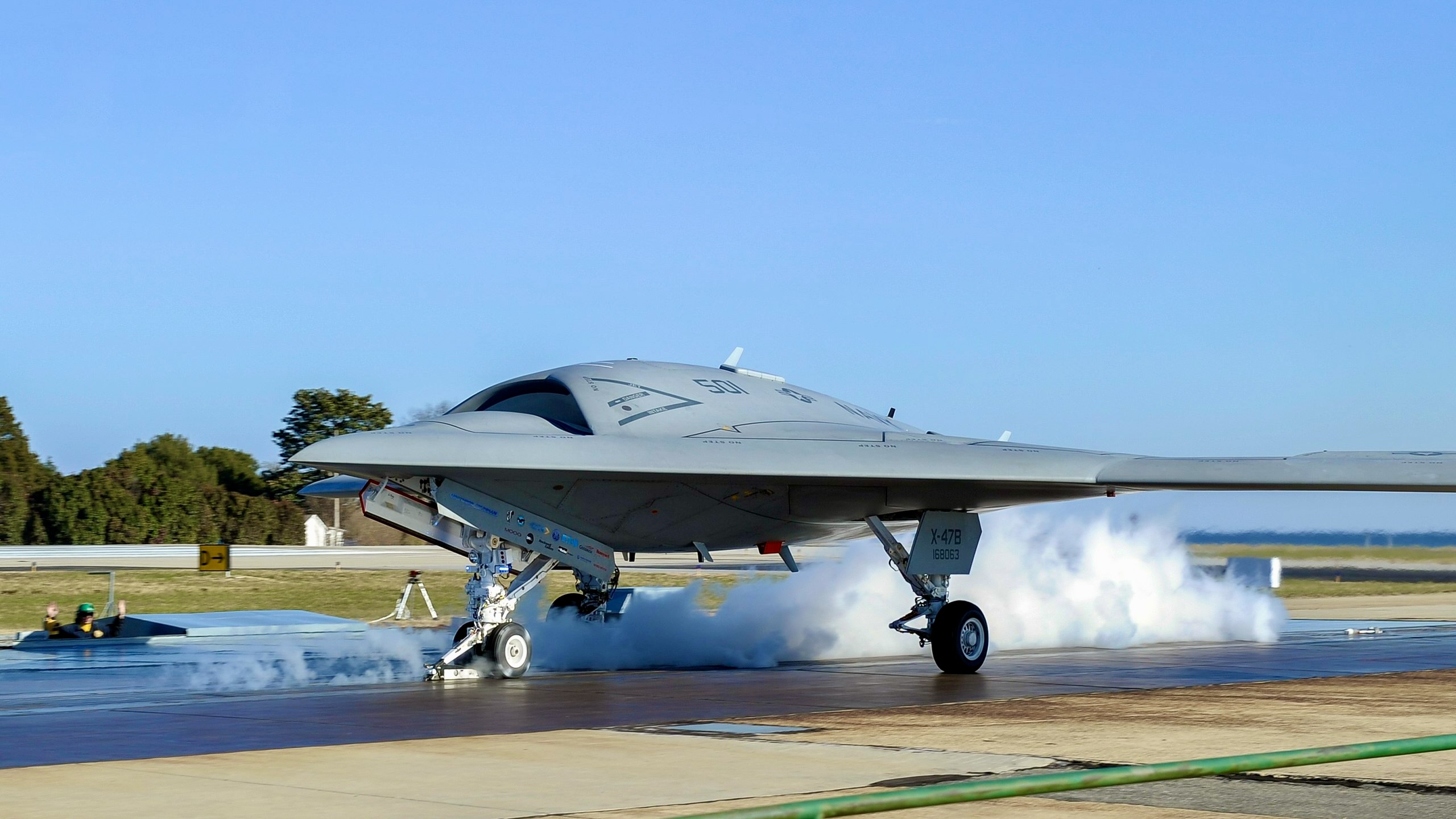
A New Era
This exceptional UCAV, skillfully brought to life by Northrop Grumman’s brilliant team, merges cutting-edge autonomy, stealth technology, and extended range, setting the stage for a revolution in military operations. As we find ourselves on the edge of a transformative era in aerial combat, the X-47’s potential applications hold the promise of amplifying military capabilities while safeguarding human pilots.
